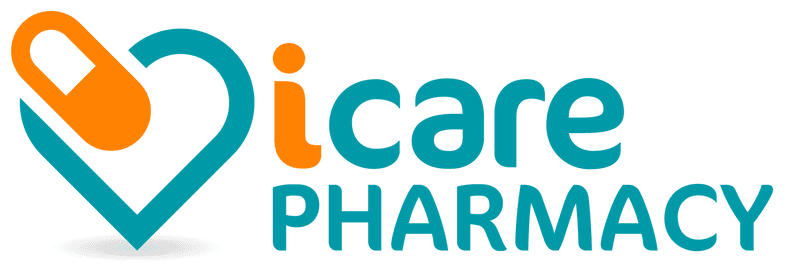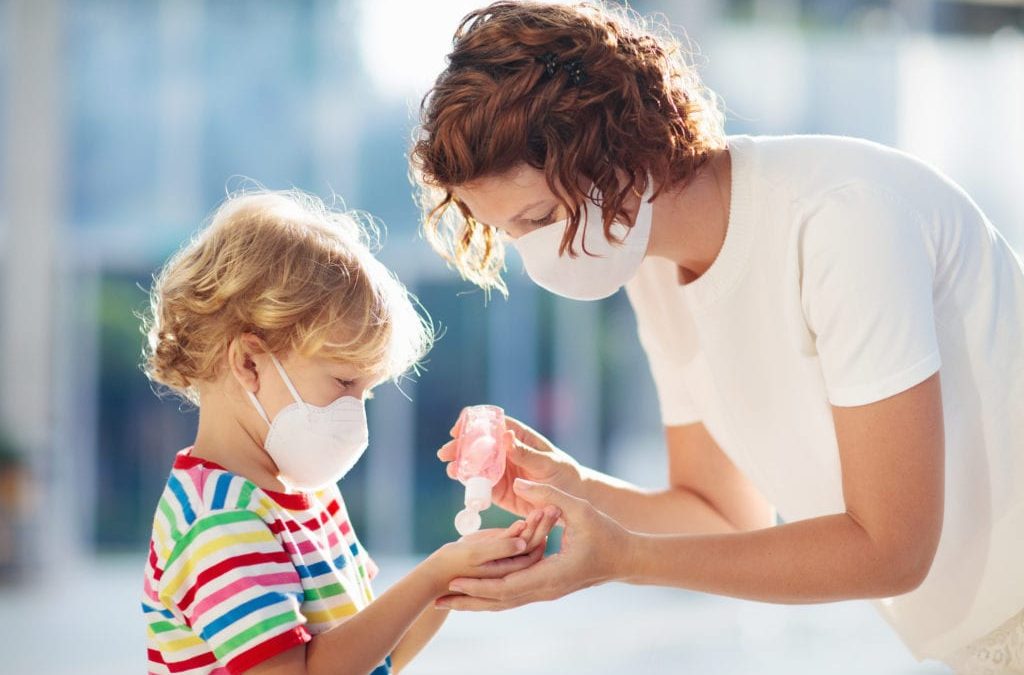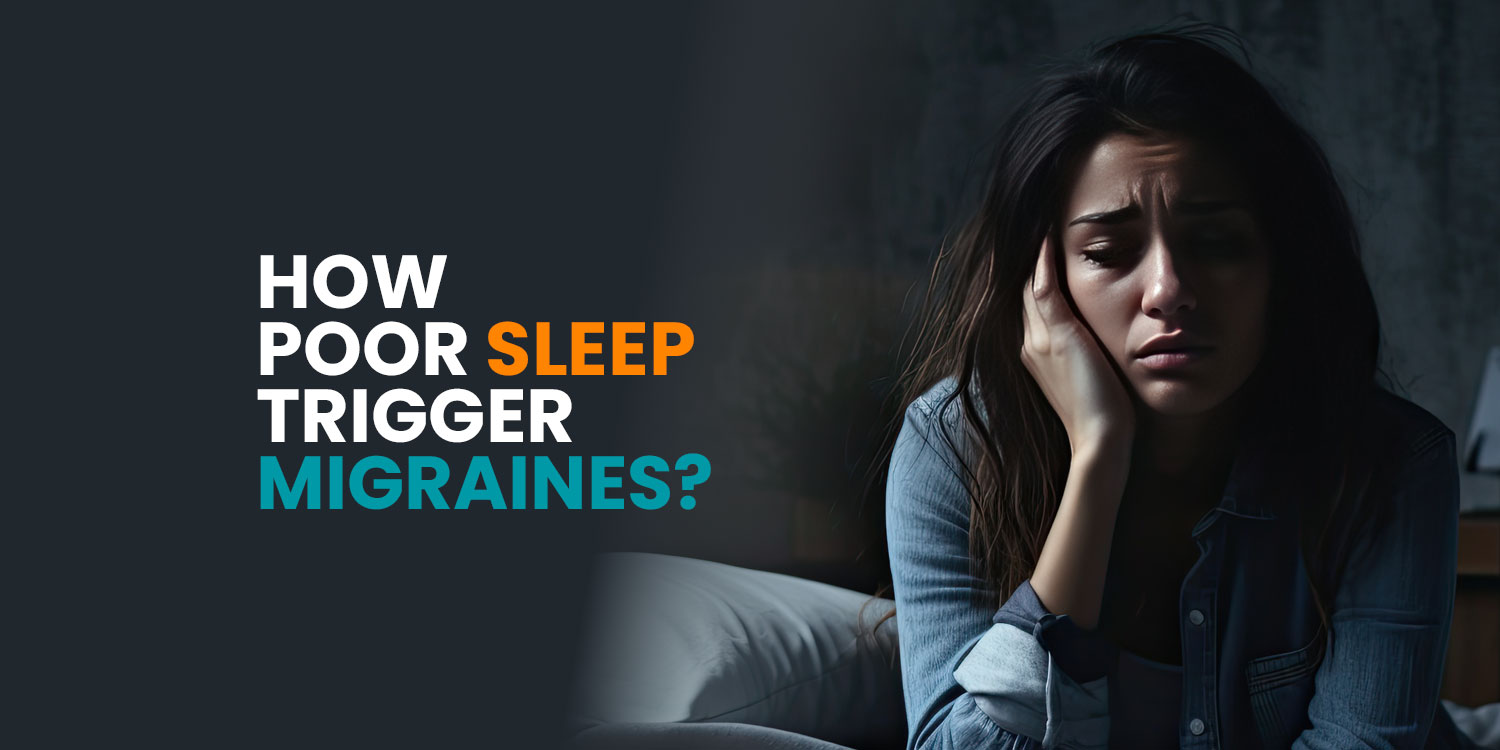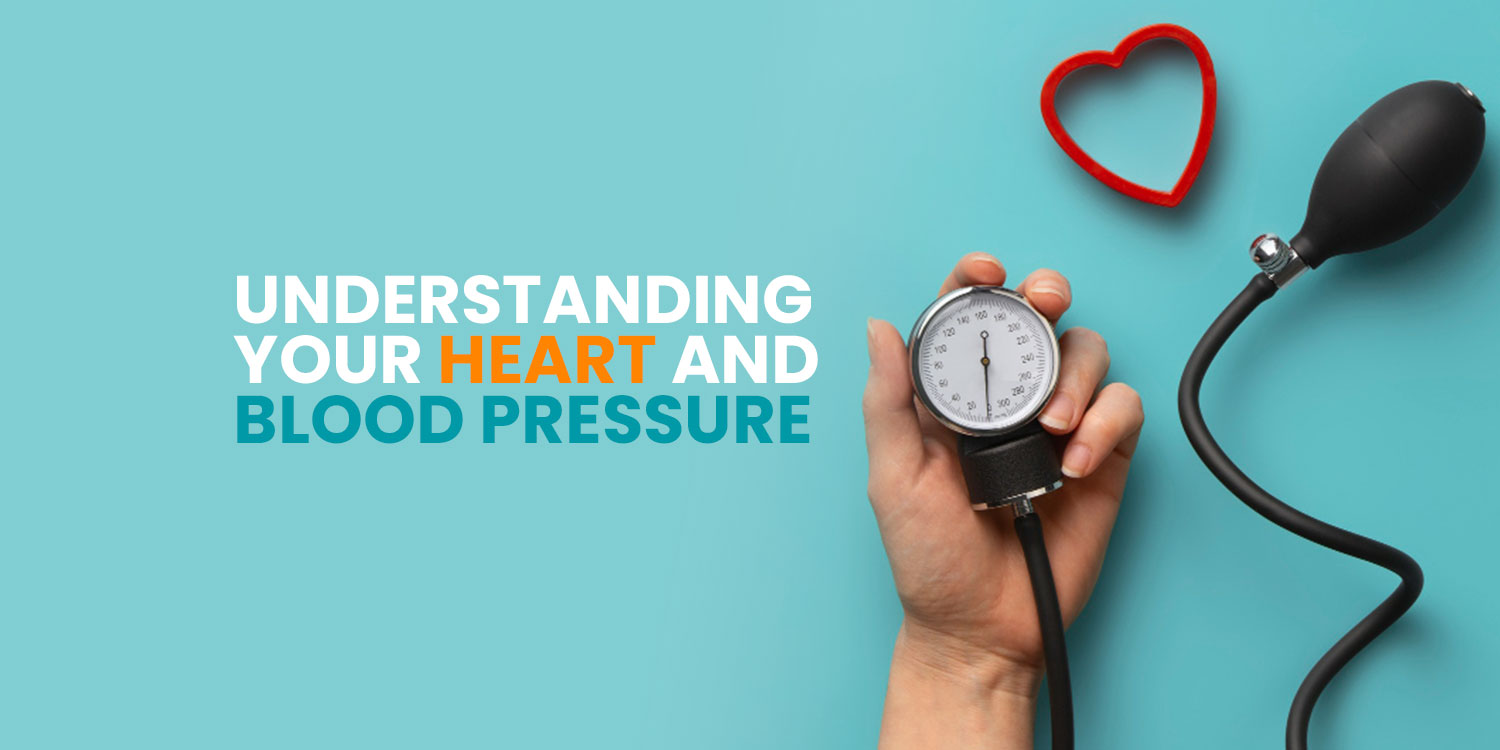What is Coronavirus?
Coronavirus is a family of viruses that include previous viruses such as SARS and MERS, as well as the virus that can cause the common cold. Some of these viruses circulate in the animal population, and can spread to humans which is referred to as a Spill Over Event. COVID-19 is the latest virus from this family of viruses.
How is Covid-19 Spread?
Covid is transmitted through respiratory droplets that can enter through our system via our eyes, nose as well as mouth. It can be transmitted via respiratory droplets when someone is within close proximity (within 2 meters), and they have respiratory symptoms such as a cough. It can also be passed on indirectly via the immediate environment such as surfaces, as well as objects used by the infected patient.
How long does coronavirus live on a surface?
Coronavirus can survive on surfaces for an extended period of time. If someone is infected and they are in close proximity to a surface then their repository droplets could settle onto that surface. The virus has been shown to be active on surfaces for three days. This is why it is important to regularly disinfect surfaces that others may come in contact with.
Avoid Touching your face
Because the highest risk of infection to you is through respiratory droplets it is important to avoid touching your eyes, hands and face. On average we touch our faces 23 times an hour. This makes us more prone to infecting ourselves by picking up bacteria and viruses with our own hands. With our hands we are more likely to interact with surfaces, objects and people who might be infected.
Washing your hands
Because it is easy for us to pick up viruses with our hands, it is very important to use hand sanitizer and wash our hands frequently. When using hand sanitizer we want it to be at least at a percentage of 60% for it to be effective. Hand sanitizer is something you can use when you do not have access to water. When washing your hands, it is important to wash your hands for at least 20 seconds. You need to ensure that you wash thoroughly getting the back of your hands as well as between fingers, thumbs and underneath your fingernails. After finishing washing your hands, turn off the tap using a paper towel.
Social Distancing
Compared to The Flu, COVID-19 infects about 2 to 2.5 additional people per infection; whereas The Flu infects about 1.3 additional people per infection. Although it is thought to be more infectious, when a patient is showing symptoms it is possible for patients to have the virus without showing signs of the COVID-19 infection yet. As such we should take additional measures when it comes to our day to day routine, and one these measures is to practice social distancing. The idea behind the social distancing is to reduce and slow the spread of the virus by maintaining physical distance from others.
There has been a lot of talk about flattening the curve and what that basically means is that we want to slow the rate of infection so it does not overwhelm our front line workers. If we have a slower rate of infection then we can spread out resources rather than having too many people potentially hospitalized at the same time.
Avoid Crowds
Best thing you can do for yourself and your neighbours is to stay home. Avoid meeting with others especially in large groups if it is not essential. Currently the recommendation is not to meet in groups of 15 or more people but I feel even this is too many personally. It is important to reduce as much contact you can to other people. If you are meeting anyone it should be for just essential services. When you are meeting with others avoid common greetings such as shaking hands as you want to make sure you are not in contact with anyone who might be high risk. People who are high risk will be older adults or patients with reduced immunity because of other conditions. You should keep at least a 2 meters length distance from other people which is about two arm lengths.
How is COVID-19 different from the common cold, Flu or Seasonal Allergies?
When it comes to COVID-19 it can take up to 14 days from when you get infected to show signs of infection. The signs of an infection with COVID-19 generally show up gradually.
This is different from The Flu which as its onset of symptoms are more rapid than a COVID infection. In terms of severity, there is a big disparity when COVID-19 is compared to The Flu. While about 1% of patients with The Flu require hospitalization for patients with COVID-19 it is estimated 20% require hospitalization. The mortality rate for The Flu is about 0.1% while the mortality rate for COVID-19 is thought to between 3 to 4 percent. Because this infection is so new we are still trying to get a grasp on what the true rate of mortality is. For example in some places like Italy, where they were overwhelmed by the infection, mortality rates are 11% while Germany has a mortality rate of 1%.
Patients with a COVID-19 infection have shown to have more respiratory symptoms such as a cough and shortness of breath. It is also more likely to be accompanied with a fever.
For COVID-19, currently patients who are older or have underlying conditions are more at risk of more severe infections. However as we are still learning more about this virus our understanding of who is most vulnerable is also changing.
Chloroquine and Coronavirus
Chloroquine is an antimalarial drug that is used both in treatment as well as prophylaxis for patients who may visit areas of the world that are high risk for contracting malaria. It is also used off label for treatment of Rheumatoid Arthritis.
When there was a previous outbreak of MERS and SARS, Chloroquine showed some promise in blocking coronavirus from infectings cells in lab settings. However, even though it showed some initial promise by the time the study was published, SARS had passed and there were no infected patients left to see how effective it really was in practice. When we had the new outbreak of COVID-19, there was a reevaluation of whether it would be appropriate for treatment or slowing of infection.There has been a study that has shown some effectiveness but it did not have a large number of patients enrolled so it is hard to extrapolate the results from that study. All information is preliminary and lab trials are ongoing in regards to determining how effective it would be in the management of a CONVID-19 infection.There are other drugs that are still being evaluated as well to see how effective they may be in regards to a COVID-19 infection as well. For example, Remdesvir which has shown in preliminary trials to be highly effective in preventing viruses from replicating has now entered into Phase III trials.
Ibuprofen and COVID-19
Initially, French officials had warned patients with active COVID-19 infections against taking ibuprofen or other anti-inflammatories because of a fear that it may worsen the virus. Most of the evidence was based more on observation rather than the normal scientific rigour that would be required in establishing such a claim.Since then the World Health Organization has advised against avoiding the use of ibuprofen if needed.There is no such evidence that indicates that ibuprofen causes the COVID-19 infection to be more aggressive.
Please continue to check back for updates and let us help you with your social distancing. If you need any prescription medications we can provide them for you and deliver free of charge anywhere in Edmonton, St.Albert and Sherwood Park. Together we can get through this! Just take it one day at a time, and just because you are isolated at home doesn’t mean there isn’t a way for us to connect! Please pick up the phone and call or text a loved one today!




